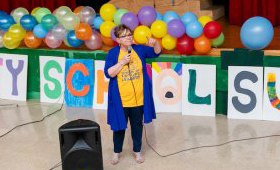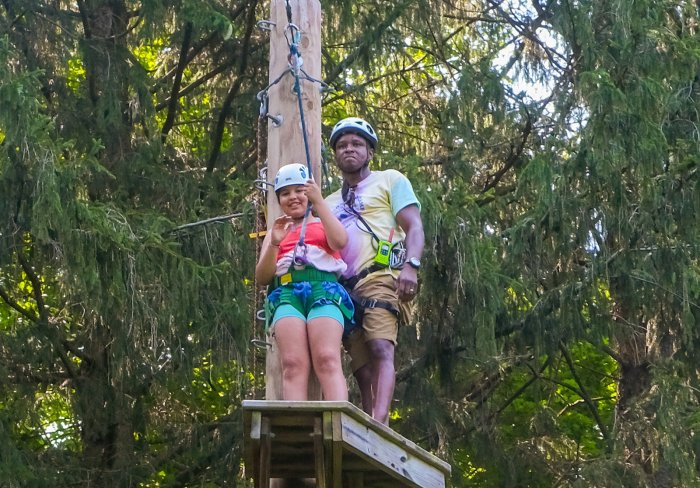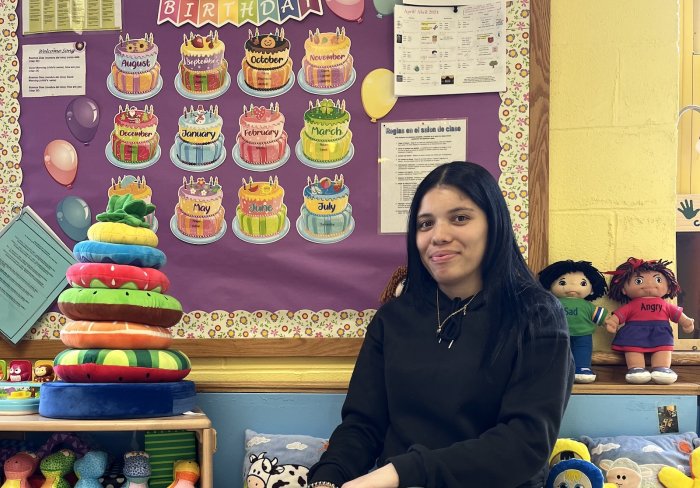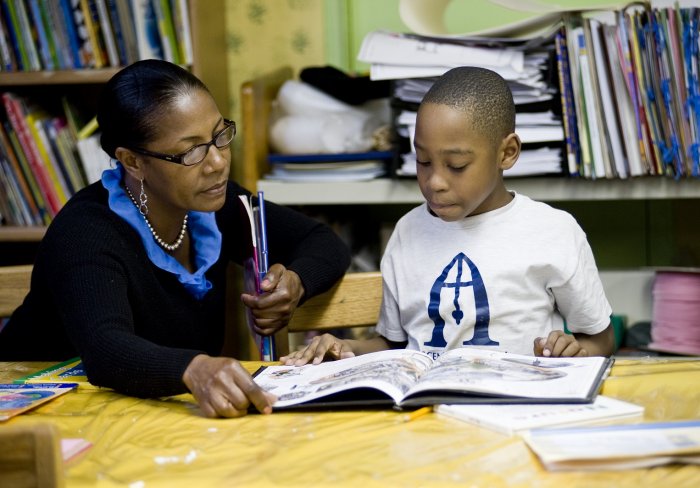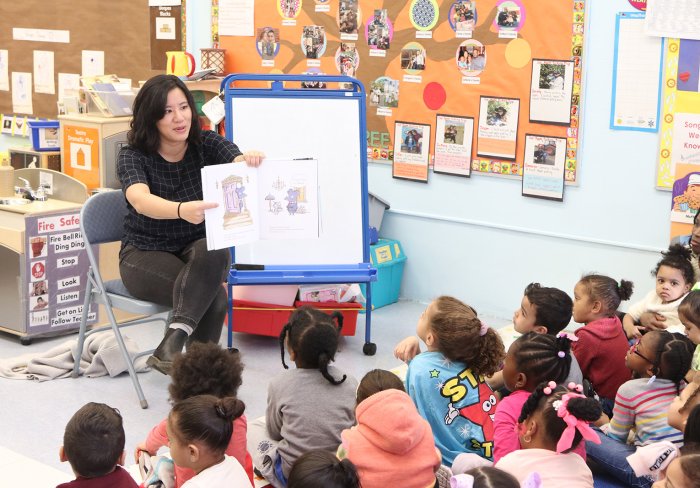Children’s Aid operates 10 early childhood centers where we nurture and serve more than 1,000 young learners at the most critical stage of their development.
Earlier this year, our centers were forced to close due to the COVID-19 pandemic. Children’s Aid staff were committed to continue educating our students and providing additional support to our families.
According to Margot Sigmone, the deputy director of education, her team of education leaders worked to teach the existing curriculum online and carefully planned the roll out of activities and videos on ClassDojo, an education communication app.
At first, it was difficult to get all families on board with remote learning. A wide range of factors contributed to the initial hesitation to connect remotely including lack of access to devices, families experiencing illness or death due to COVID-19, and homelessness or overcrowding.
“Initially, we had to make a lot of phone calls to find out what was really going on,” Margot said. “We realized that tech was a big deterrent to not being able to engage. What we did besides constantly reaching out is give those families space to figure out what was most comfortable for them as far as when they wanted to begin to engage.”
Our early childhood team worked to make the transition to remote learning as seamless as possible. Leaders purchased 50 devices for families and staff conducted needs assessments to gauge what additional services they needed.
Currently, the early childhood division has a 70% attendance rate and a 96% rate of weekly ClassDoJo connectivity, which means parents are using resources and communicating through the education app.
Families uploaded photos and videos of students engaging with activities and Zoom sessions allowed the bonds between classmates and teachers to thrive despite the distance. We serve 786 families and 752 participated in remote learning.
“Our goal [for connectivity] was 80 percent so we definitely exceeded that,” Margot said.
Children’s Aid places a heavy emphasis on social-emotional learning and educators continued to provide instruction to parents on how to manage the ups and downs of their children’s emotions and how to productively share feelings.
Teachers also created parent training videos on topics such as public health, social justice, best sleeping practices, and toilet training.
Health and nutrition education, an important component at all early childhood sites, continued during remote learning. Educators partnered with our health and wellness division to distribute recipes and nutritional resources based on our Go!Kids curriculum. The curriculum teaches students to differentiate between healthy “go!foods” and not-so-healthy slow foods.
Once a week, staff from the health and wellness division held Zoom sessions for families to share recipe ideas with each other or talk through a plan of how to support healthy nutrition at home for their children.
They also received suggestions about how to cook food distributed through our Food Box program.
Margot, who began working with Children’s Aid just six months before the pandemic, said she is proud of how quickly staff transitioned.
“Starting with Children’s Aid in September and then a few months later going into remote learning – it was challenging,” she said. “I’m proud of the work we were able to produce. I’m proud that our ed leaders have a better understand of the work we’re doing, a better understanding of the curriculum. It’s so seamless now.”
According to state guidelines, early childhood sites may have to operate at half capacity through the fall. Instead of instructing 20 young learners, educators may have to teach to a classroom of 10. Children’s Aid is working diligently to make sure that all students receive the same education no matter where they are.
“We’re going back to a world where we have to reduce classroom sizes and maybe teach in the classroom only 2 or 3 days a week,” Margot said. “We want to make sure we’re not just sending homework packets. We want to ensure we can include them in the classroom day, we can post things in real time, and videos of activities that happened in the classroom.”

